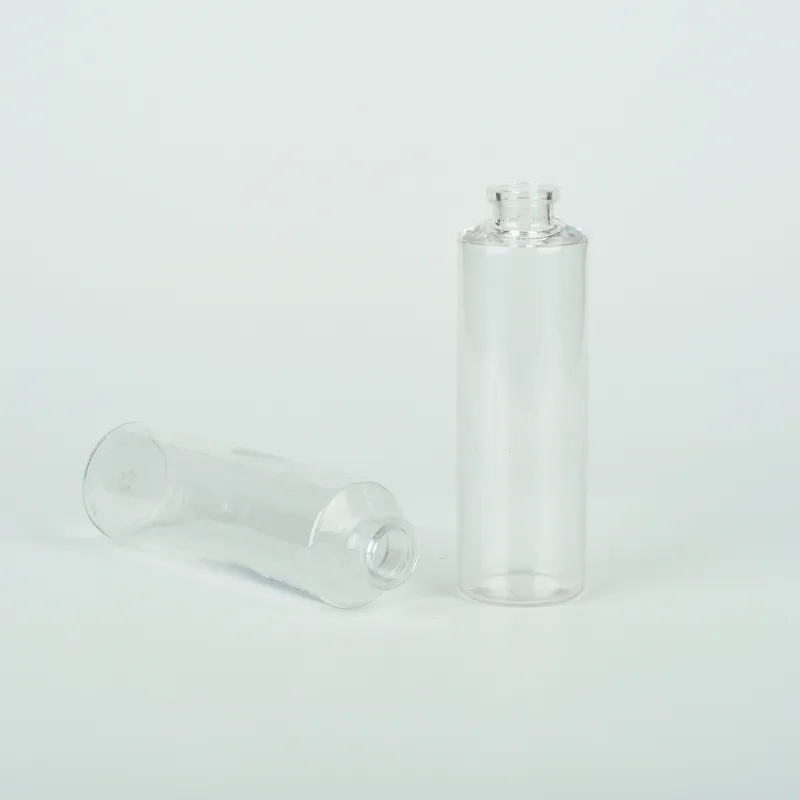https://www.wahmg.com/)">
Laboratory Applications and Functions of Reagent Bottles in Scientific Research
Laboratory Applications and Functions of Reagent Bottles in Scientific Research
The Uses of Reagent Bottles in the Laboratory
Reagent bottles play an essential role in laboratory settings, serving as key storage vessels for various chemicals and solutions. Their design, typically featuring a narrow neck and a secure cap, provides several advantages that make them indispensable tools for researchers and scientists.
One of the primary uses of reagent bottles is the safe storage of chemical reagents. In a typical laboratory, numerous chemicals are used, ranging from acids and bases to solvents and complex solutions. Reagent bottles are specifically designed to protect these substances from contamination and evaporation, ensuring that their integrity is maintained over time. The tight-sealing caps prevent the ingress of moisture and dust, which could compromise the quality of the reagents.
Moreover, reagent bottles come in various sizes, accommodating the needs of different experiments. Smaller bottles are ideal for storing concentrated solutions, while larger containers can hold bulk chemicals used frequently in laboratory procedures. This versatility allows for efficient organization within the lab, facilitating quick access to the required materials.
uses of reagent bottle in the laboratory

Another significant use of reagent bottles is in the preparation of chemical solutions. Many laboratory protocols require precise measurements of reactants. Reagent bottles often include graduated markings, allowing scientists to measure liquids accurately. This feature is crucial in ensuring that experiments yield consistent and reproducible results, underscoring the importance of accuracy in scientific research.
Additionally, reagent bottles are used for the safe transportation of chemicals. When moving substances between laboratories or to different locations, secure and robust packaging is vital. Reagent bottles are designed to withstand handling and transportation stresses, reducing the risk of breakage or leaks. Chemical spills can pose significant risks, not only to personnel but also to the environment, making the reliability of reagent bottles critical.
Increased awareness of safety practices in laboratories also influences the usage of reagent bottles. Many modern reagent bottles are made with materials that minimize the risk of chemical reactions. For instance, bottles made from polyethylene and polypropylene are commonly used for storing various solvents. These materials are resistant to chemical degradation, enhancing the overall safety of laboratory operations.
In conclusion, reagent bottles are integral to the functioning of laboratories. Their roles in safe storage, precise measurement, preparation of solutions, and secure transportation of chemicals highlight their importance in scientific research. As laboratories continue to evolve, the significance of reliable and efficient reagent bottles will remain, supporting advances in various fields of study.
-
Wholesale Plastic Juice Bottles with Caps 16 oz Options Available Bulk Packaging SolutionsNewsJun.10,2025
-
Laboratory Apparatus Reagent Bottle – Durable & Chemical Resistant Bottles for Safe StorageNewsJun.10,2025
-
Squeezable Dropper Bottles Durable, Leak-Proof & CustomizableNewsMay.30,2025
-
Affordable Plastic Petri Plates Sterile & Disposable Lab-GradeNewsMay.30,2025
-
Eye Dropper Caps Precision 24/410 & Plastic Bottle-Compatible TipsNewsMay.30,2025
-
Affordable Mini Spray Bottle Price & Wholesale Deals Shop NowNewsMay.29,2025





















